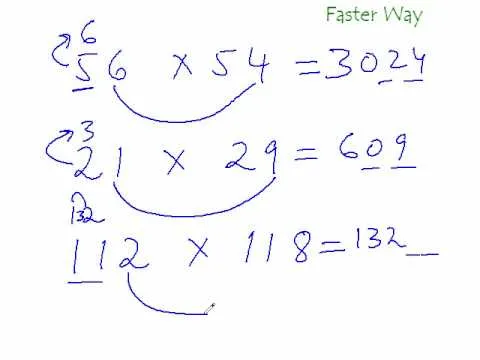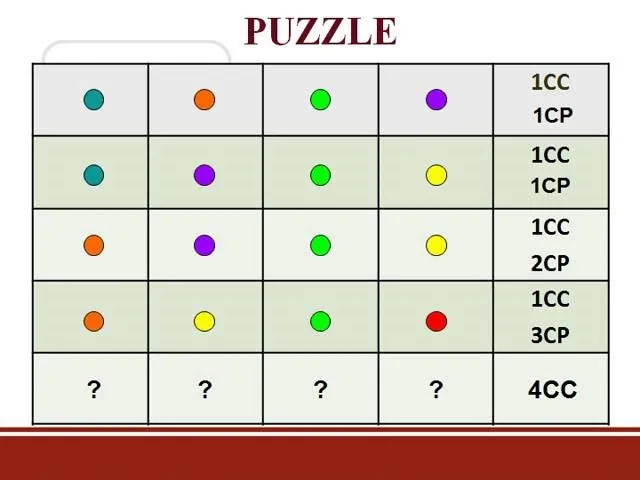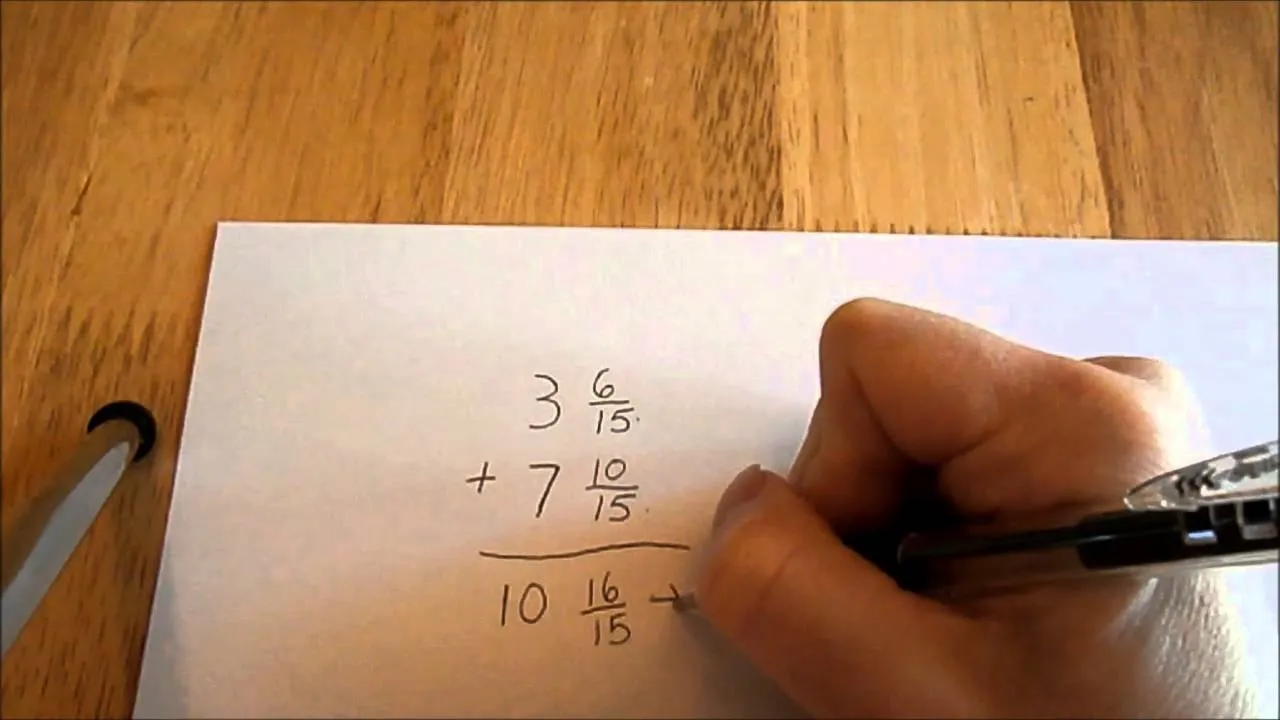Scientists have recently released a mathematical breakdown of the perfect handshake. The University of Manchester researchers discovered that nearly one-in-five people hate the handshake, listing complaints such as sweaty palms, limp wrists, gripping too hard and no eye contact.
Professor Geoffrey Beattie says:
"The human handshake is one of the most crucial elements of impression formation and is used as a source of information for making a judgment about another person.
A handshake reveals aspects of the personality of the person giving it - for example, a soft handshake can indicate insecurity, whilst a quick-to-let-go handshake can suggest arrogance."
If you want to avoid being a limp-wristed ninny (or worst yet, exercise an obnoxious grip-of-steel), here's some HowTo tips:
- Use the right hand.
- Use a complete grip and a firm squeeze (but not too strong!)
- Make sure your palm is cool and dry.
- Use approximately three shakes, with a medium level of vigor.
- Hold for no longer than 2-3 seconds.
- Use eye contact and smile naturally!

P.S. For the mathematically inclined, here's the formula:
"PH = v (e2 + ve2)(d2) + (cg + dr)2 + p{(4<s>2)(4<p>2)}2 + (vi + t + te)2 + {(4<c>2 )(4<du>2)}2"
(e) is eye contact (1=none; 5=direct) 5; (ve) is verbal greeting (1=totally inappropriate; 5=totally appropriate) 5; (d) is Duchenne smile - smiling in eyes and mouth, plus symmetry on both sides of face, and slower offset (1=totally non-Duchenne smile (false smile); 5=totally Duchenne) 5; (cg) completeness of grip (1=very incomplete; 5=full) 5; (dr) is dryness of hand (1=damp; 5=dry) 4; (s) is strength (1= weak; 5=strong) 3; (p) is position of hand (1=back towards own body; 5=other person's bodily zone) 3; (vi) is vigour (1=too low/too high; 5=mid) 3; (t) is temperature of hands (1=too cold/too hot; 5=mid) 3; (te) is texture of hands (5=mid; 1=too rough/too smooth) 3; (c) is control (1=low; 5=high) 3; (du) is duration (1= brief; 5=long) 3.
























Comments
Be the first, drop a comment!